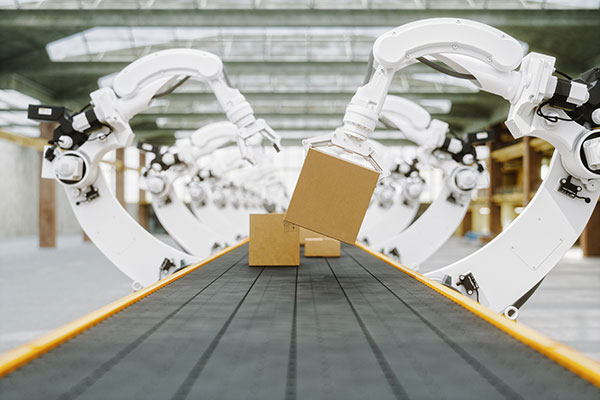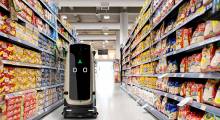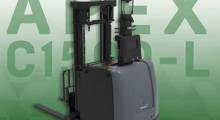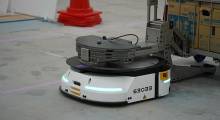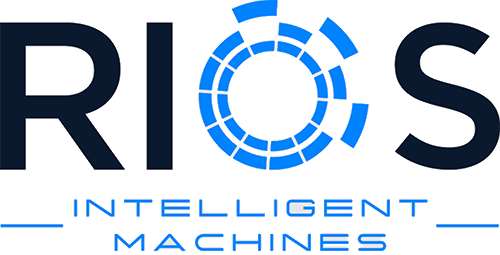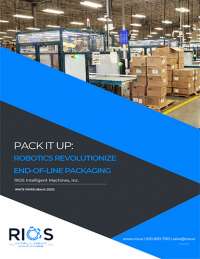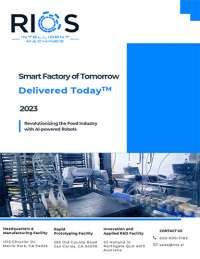Contrary to popular belief, manufacturing and other industries are still very labor intensive. In fact, there are about 345 million people on the factory floor today, but only less than 2 million industrial robots. In this 21st century, humans still handle about 72% of manufacturing tasks (so-called “last mile” in factories). We are far from Industry 4.0 and smart factories. The problem with our labor-driven factories is its reliance on an ample and constant supply of human capital.
That supply is eroding at an alarming rate — labor shortage does exist, particularly in developed nations, even though it may not be apparent. Countries like Japan and Germany have already experienced firsthand the damaging effects of this global workforce crisis on their economies. In 2019, in the US alone, there were 7.6 million unfilled jobs — and we are not referring to high-tech jobs requiring college degrees, but rather low-skilled / unskilled jobs. Not to mention that many of these minimum-wage jobs are so strenuous that the crisis is compounded by labor turnover — we are at the limit of what humans can physically do in a day.
The pandemic exposed the fragility of our labor-driven supply chain infrastructure
The main ramification of labor shortage is an inability to meet real-time customer demand or a surge in demand (e.g., inability to purchase essential goods like toilet paper or hand sanitizer during a crisis). This is not just a temporary “panic buying” issue — that was a wake-up call and a glimpse of what the future holds in normal times if we do nothing.
Six months into the pandemic e-commerce, logistics, and manufacturing were struggling to keep up with demand — shipping and lead times that were once days are now often weeks. With the world population growing about 1.05% per year, and the ever-growing demands for custom goods and services, manufacturers need to be able to adapt and scale seamlessly.
COVID-19 has exposed the fragility of our labor-driven supply chain infrastructure — it showed us that our offshore networks can easily be disrupted. The pandemic also indirectly exacerbated the labor shortage problem two-fold: factories have been forced to operate at reduced capacity to respect the new social distancing directives, and in many cases, unemployment benefits (along with a reluctance to be in close proximity to co-workers) de-incentivized human operators from going back to work. These shortcomings are not going away anytime soon until we find a vaccine or reach herd immunity.
The answer to a resilient and scalable infrastructure lies in automation and robots 2.0
There is only one answer to building a resilient, adaptable, and scalable manufacturing infrastructure: Automation. The recent “Act of God” event has prompted more industries to accelerate their use of automation. Unfortunately, as many realized, it is not as easy as flipping a switch. About 30% of tasks can be automated by ‘traditional’ robots (i.e., robots 1.0), but the bulk of the so-called ‘last-mile’ tasks in the factory, representing a $700+B market, remain elusive.
Today’s robots are not there yet (we are far from Rosie the robot) — the traditional robots can only automate repetitive tasks and handle a handful of SKUs/objects (at best!), in tightly-controlled environments.
Automating tasks requiring handling hundreds of objects or more (or requiring human-level dexterity) in unstructured environments requires more advanced machines — i.e., AI-powered robots with higher levels of dexterity, cognitive skills, and autonomy than traditional robots. This new generation of robots (i.e., robots 2.0) are powered by a suite of bleeding-edge technologies such as machine learning algorithms, novel sensors, edge computing and cloud computing.
Dexterous, AI-powered robots are designed to handle hard-to-automate tasks in factories
Only a few companies in the world develop such fullstack AI-powered robots — RIOS is one of them. These next-generation robots have perception systems (vision) based on deep learning allowing them to learn and recognize objects. They also possess a centralized intelligence (brain) underpinned by AI, enabling them to execute specific tasks in different environments.
RIOS’ DX-1 robots additionally possess a first-of-its-kind haptic intelligence platform (touch) that enable them to have a human-level sense of touch and possess practically all the capabilities of a human hand (e.g., optimal grasp, surface topography mapping, slip detection, texture discrimination, etc.).
This human-like brain-eye-hand coordination enables RIOS robots to carry out hard-to-automate tasks in dynamic environments — from pick and place of arbitrary objects to multi-step, precision assembly of components on a moving platform. RIOS has built unique multi-purpose robots, which possess an unprecedented ability to rapidly adapt to new scenarios.
The Robots-as-a-Service (RaaS) business model for new incumbents
Beyond technical innovations, new incumbents like RIOS have also innovated on the business model (i.e., embraced robots-as-a-service or RaaS) to make it a low bar for companies to adopt automation. Automation has historically been very capital intensive, and generally requires substantial upfront capital costs (CapEx) — this has kept many smaller organizations from investing in robotics and prevented larger ones to take on more risks.
The traditional business model has become even less appealing during the pandemic — as many businesses became cash-strapped. In a pandemic era, the return on investment (ROI) on heavy capital purchases has become fuzzy. Instead of selling hardware, RIOS sells “Factory Automation as a Service” and provides an all-inclusive service (installation, programming, maintenance, 24/7 monitoring, etc.). RIOS can deploy millions of dollars’ worth of hardware in factories with no upfront commitments from customers. To fund their automation needs with reduced financial risks, customers only pay a flat monthly fee (OpEx) that is competitive with existing labor rates.
It’s time for organizations to experiment and innovate
RIOS provides a one-stop shop solution — the company builds Industry 4.0 hardware, software and customized workcells for clients to maintain a seamless workflow in the factory. In addition, RIOS pushes the boundary of automation to provide “lights out” factories in partnership with its network of systems integrators. For companies, there is a host of benefits in adopting robots 2.0, from being able to increase or decrease in real-time the capacity of their production lines, to gaining at least 40% ROI (no workers’ compensation, no FICA taxes, 24/7 uninterrupted operations, no labor turnover, etc.), and creating new higher-level and better-paying jobs in the process.
Furthermore, the massive amount of real-time data acquired provides businesses greater insights, control, and data visibility across their processes, enabling stakeholders to make informed data-driven decisions to drive business efficiencies and quickly adapt to market needs. ‘Now’ is the time for manufacturing companies, and other industries, to accelerate automation and build a more resilient and sustainable infrastructure. To end, I will quote Marc Andreessen, “It’s time to build” — let us together embrace a new dawn of dexterous and intelligent machines.
Related: The Market Heats Up and Businesses Scramble for Workers 
Article topics
Email Sign Up

